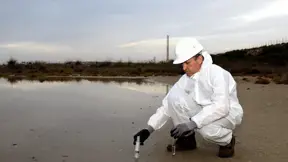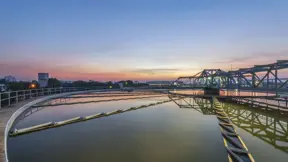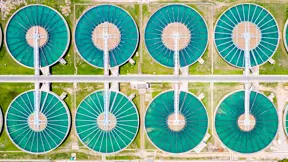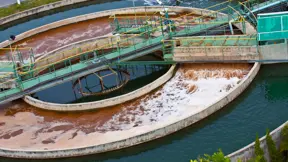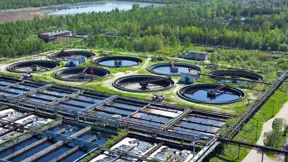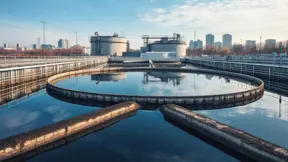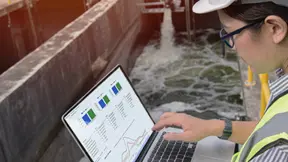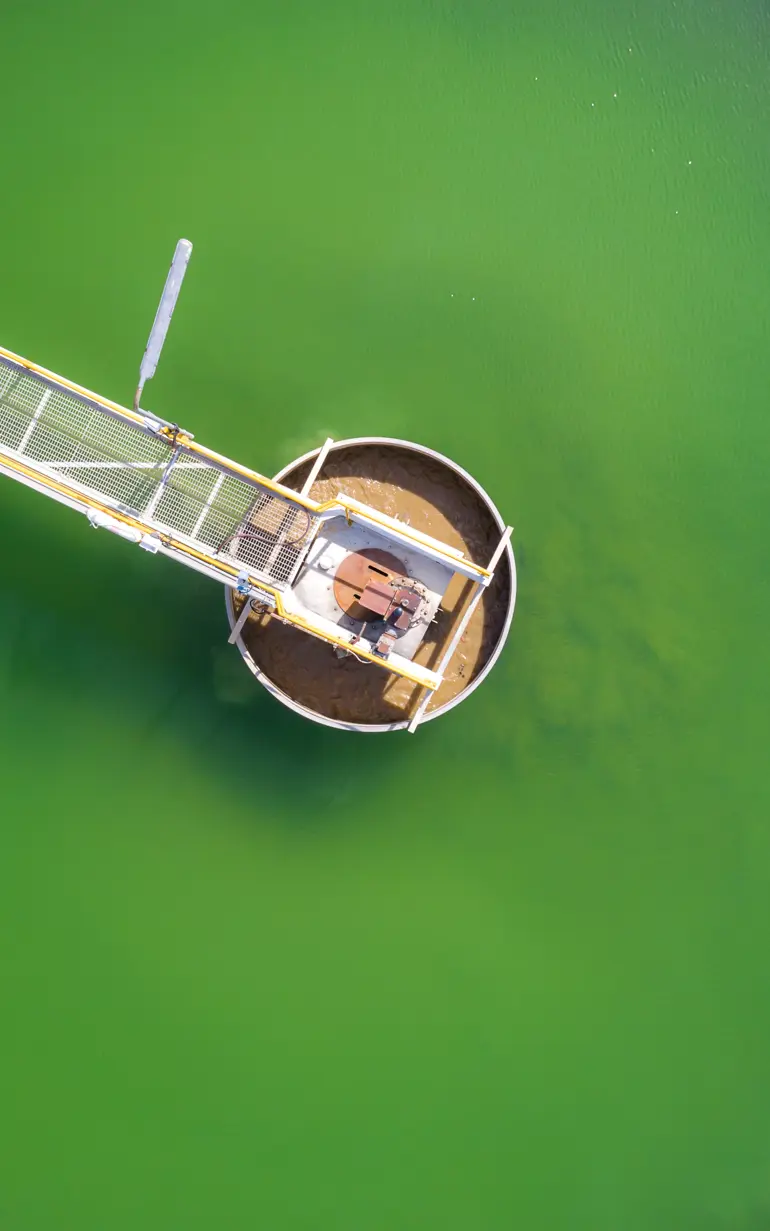

WEST
Optimise your WWTP by targeting effluent quality, energy, and cost
WEST is the premier simulation tool tailored for dynamic modelling and simulation within wastewater treatment plants (WWTPs). Designed to support operators, engineers, and researchers, it offers a robust platform for delving into the intricacies of physical, biological, and chemical processes within WWTPs, sewer systems, and rivers.
By prioritising the refinement of plant design, operations, and automation, WEST facilitates the optimisation of effluent quality, energy consumption, and cost efficiency. Equipped with dynamic condition simulations and advanced experimental features such as Uncertainty and Sensitivity Analysis, WEST emerges as an indispensable asset for the evolution of wastewater treatment facilities towards a future-ready state.
How does WEST help?
No in-house modellers?
Get our expert modellers on board for your consulting projects either as a partner, to provide extended user support, or for model and project reviews. Submit an inquiry
Areas of application

Contaminant fate and transport
Optimise treatment strategies by simulating contaminants based on varying sewage compositions and operational changes.

Deployment of digital twins
Enhance real-time management and evaluation of WWTP processes using digital twins with customisable dashboards for plant operators.

Real-time control or analysis
Improve WWTP efficiency through real-time control systems that dynamically adjust operations based on live data and analytics.

Water quality assessments
Provide tools for detailed analysis of water quality changes due to treatment processes and operational adjustments.

WWTP design and optimisation
Empower operators and consultants with advanced tools for analysis and modelling to enhance sustainability and efficiency.
Additional capabilities & unique features
Explore our latest support resources, including guides, videos, and FAQs in our Knowledge Base.
What’s new in WEST - 2024 Update 1
N₂O Emissions prediction from wastewater
Enhance biological nutrient removal models with the new ASM2dMod extension, featuring nitrous oxide (N₂O) production pathways. This update integrates pathways from both autotrophic ammonium-oxidising and heterotrophic denitrifying microorganisms. The enhanced model allows for more accurate simulations of N₂O emissions, critical for CO₂ footprint quantification and determination of Scope 1 emissions. This capability also makes it easier for researchers and engineers to understand and mitigate N₂O production in wastewater treatment processes, paving the way for more sustainable operations.
Enhanced energy production estimates
MIKE 2024 Update 1 also includes new algebraic models for estimating energy production from photovoltaic panels and wind turbines, tailored to your project’s geometry and local conditions. This latest update incorporates essential energy production methods into our cost calculator model, enabling a comprehensive plant-wide energy balance. With this integration, you can efficiently evaluate the potential energy output and associated costs, ensuring optimised operational planning and enhanced sustainability of energy projects.
Updated IoT integration in new sample project
WEST also includes a new sample project demonstrating the capabilities of the Influent Fractionator designed for the ASM2dMod. This powerful tool is essential for preparing dynamic influent files for wastewater treatment plant modelling. By using a dynamic regression technique, it transforms a collection of time series measurements into corresponding model components, accommodating varying time schedules. This update enhances the accuracy and flexibility of influent modelling, making it indispensable for optimising WWTP operations.
For full details, read the WEST Release Notes
Design, upgrade and optimise wastewater treatment plants
Evaluate the performance of a new or an existing WWTP through pre-defined and custom indicators. Compare design alternatives for new WWTPs under dynamic conditions with respect to effluent quality, investment and operational costs. Implement plant-wide models by integrating multiple layers (water line, sludge line, energy, control) to holistically evaluate and optimise plant operations and facilitate the transition from treatment plants to resource recovery facilities. Identify optimal operational and control strategies and instruct facility staff on new ways of operating their WWTP. Benefit from the Advanced Experiments toolkit to achieve these outcomes faster.
Implement custom models, process units and controllers
Take advantage of the full openness and accessibility of the WEST model and block libraries to develop and implement custom models and unit operations that include non-standard processes and components. Build fully customisable control systems to fit plant-specific nuances in operation and control. Benefit from the user-friendliness of Model Editor and Block Editor for swift implementation, even during project execution.
Run complex, integrated models on one software platform
Perform long-term and complex simulations of integrated systems including catchments, collection systems and recipients (watersheds, rivers) in a less computationally intensive manner. Deliver more accurate predictions of inflows and solids loading to WWTPs during both dry and wet weather conditions using state-of-the-art rainfall-derived infiltration models and the new Particle Size Velocity Distribution (PSVD) model. Evaluate the impact of CSOs on recipient quality with a simplified catchment model for influent generation. Incorporate a variety of sensors and controllers to allow for real-time simulation and process optimisation at a system-wide scale.
Achieve more sustainable WWTP operations by reducing energy use and carbon footprint
WWTPs are known to be large consumers of energy (power and heat) produce large amounts of greenhouse gases (e.g. N2O). WEST users can accurately perform energy balances, tracking energy use from aeration systems, pumps, mixers and sludge pre-heating systems as well as recovery from biogas and heat pumps. WEST also allows to track a variety of greenhouse gas sources, both direct and indirect, using state-of-the-art models. Compare operational strategies and identify the most effective sustainability solution to achieve energy and carbon neutrality.
Model the discharge, fate and removal of emerging contaminants
Rely on a new set of models to predict the fate and removal of harmful PFAS, pharmaceuticals and other contaminants in a WWTP and estimate effluent and sludge levels in comparison to regulatory thresholds. Evaluate the impact of future source mitigation strategies (e.g., chemical phase-out) and retrofitting with quaternary treatment (ozonation, activated carbon) and identify suitable reduction strategies to reduce risk to the environment.
Let's get started
Learn how your project can benefit from this advanced watewater treatment process modelling software.
You may also like
How can we help?
With our global network of offices, we make sure you get the right answers to your local needs. Let us know what you're interested in (e.g., product features, trial license, pricing, etc.) and we will get back to you.
